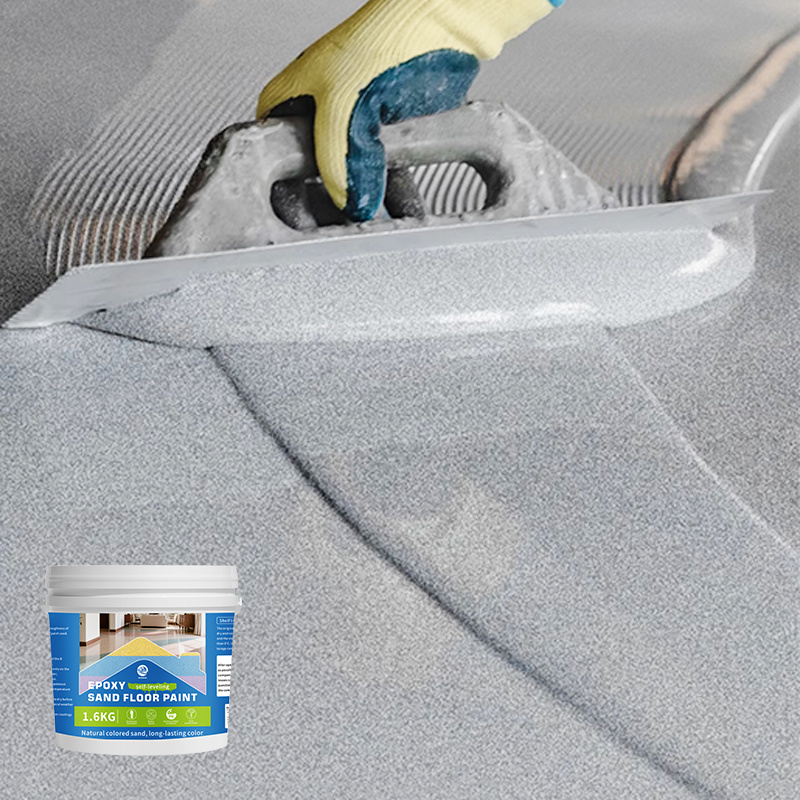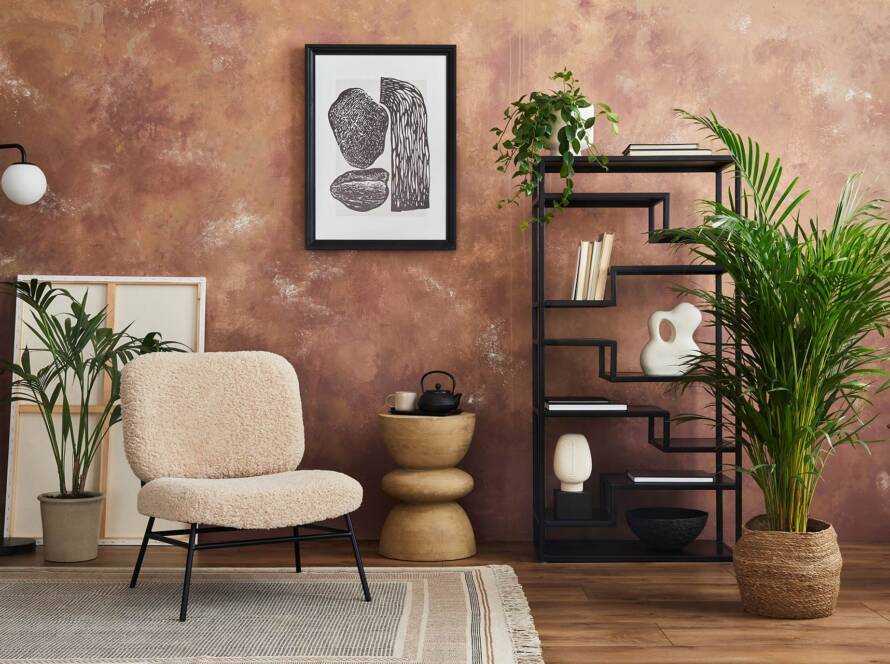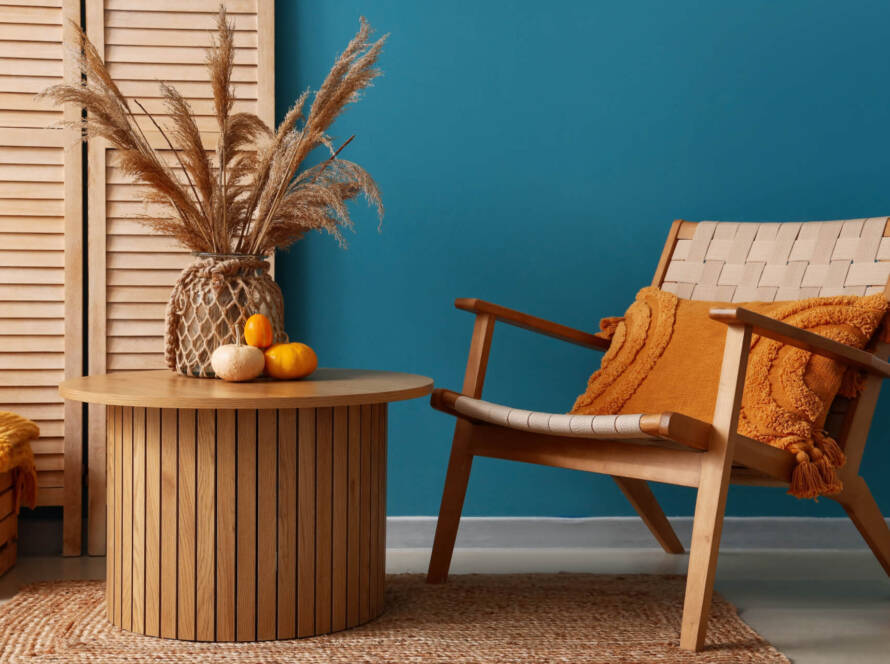Transform Rust into Resilience with Low VOC Rust Converter: Your Comprehensive Guide
Jun 17,2025
Transform Rust into Resilience with Low VOC Rust Converter: Your Comprehensive Guide
Table of Contents
- 1. Introduction to Rust and Its Dangers
- 2. What is a Low VOC Rust Converter?
- 3. Benefits of Using Low VOC Rust Converters
- 4. How Do Low VOC Rust Converters Work?
- 5. Application Techniques for Low VOC Rust Converters
- 6. Safety Considerations When Using Low VOC Rust Converters
- 7. Maintenance and Care for Treated Surfaces
- 8. Frequently Asked Questions
- 9. Conclusion
1. Introduction to Rust and Its Dangers
Rust is a common issue that affects a multitude of surfaces, particularly metal components. When iron or its alloys are exposed to moisture and oxygen, they undergo a chemical reaction leading to rust formation. This corrosion can be detrimental, compromising structural integrity and aesthetic appeal. The importance of addressing rust cannot be overstated, especially in industries such as construction, automotive, and marine, where durability and safety are paramount.
2. What is a Low VOC Rust Converter?
A Low VOC (Volatile Organic Compounds) Rust Converter is a specialized coating that not only halts the progression of rust but also transforms it into a stable, protective surface. Unlike traditional rust inhibitors that often contain harsh chemicals, Low VOC alternatives prioritize environmental safety and human health by significantly reducing harmful emissions. These products are designed for various applications, ensuring that anyone can find a suitable solution for their rust-related issues.
3. Benefits of Using Low VOC Rust Converters
The advantages of using a Low VOC Rust Converter extend beyond mere rust prevention. Here are some key benefits:
3.1 Environmental Friendliness
Low VOC products contribute to a healthier environment by minimizing harmful pollutants. This makes them ideal for indoor applications, where air quality is a concern.
3.2 Enhanced Durability
Upon application, Low VOC Rust Converters chemically bond with rust, creating a resilient barrier that is resistant to further corrosion. This longevity means fewer repairs and replacements over time.
3.3 Versatility
These converters can be used on a variety of surfaces, including metal, wood, and concrete. This versatility makes them suitable for diverse applications, from automotive parts to home improvement projects.
3.4 Cost-Effective Solution
By preventing rust and extending the life of materials, Low VOC Rust Converters can save significant costs associated with repairs and replacements in the long run.
3.5 Ease of Application
Many Low VOC Rust Converters are user-friendly, requiring minimal preparation and offering a straightforward application process suitable for both professionals and DIY enthusiasts.
4. How Do Low VOC Rust Converters Work?
Low VOC Rust Converters operate through a chemical process that neutralizes rust. When applied to a rusted surface, the converter penetrates the rust layer and reacts chemically with the iron oxide (rust) to form a stable, black protective coating. This transformation not only halts further rusting but also prepares the surface for additional coatings, such as paint or sealants.
4.1 Key Ingredients
Typically, Low VOC Rust Converters contain tannic acid, which reacts with iron oxide, and other compounds that facilitate adhesion and resilience. The absence of high VOC content makes these products safer and more environmentally friendly.
5. Application Techniques for Low VOC Rust Converters
Applying Low VOC Rust Converters effectively requires some preparation to ensure optimal results. Here’s how to do it:
5.1 Surface Preparation
Start by cleaning the rusty surface thoroughly. Remove loose rust, dirt, and grease using a wire brush or sandpaper. For best results, wash the area with soap and water and let it dry completely.
5.2 Application Process
1. **Stir the Product**: Ensure the Low VOC Rust Converter is well mixed before application.
2. **Use Appropriate Tools**: Depending on the size of the area, use a brush, roller, or spray gun for application.
3. **Apply Evenly**: Coat the surface evenly with a generous layer of the converter. Ensure that all rusty areas are covered.
4. **Let it Cure**: Allow the converter to cure according to the manufacturer's instructions. This will typically take several hours to a day, depending on the product.
5.3 Follow-up Coatings
Once the converter has cured, you can apply paint or sealant for added protection and aesthetic appeal.
6. Safety Considerations When Using Low VOC Rust Converters
While Low VOC Rust Converters are safer alternatives, it’s essential to follow safety guidelines:
6.1 Personal Protective Equipment (PPE)
Always wear gloves, safety goggles, and a mask to protect yourself from any accidental splashes or inhalation of fumes.
6.2 Ventilation
Ensure the area is well-ventilated. This is particularly important during application and curing to minimize any potential discomfort from lingering fumes.
6.3 Storage
Store unused products in a cool, dry place away from direct sunlight and extreme temperatures to maintain their efficacy.
7. Maintenance and Care for Treated Surfaces
Maintaining surfaces treated with Low VOC Rust Converters is crucial for long-term durability.
7.1 Regular Inspections
Check the treated surfaces periodically for any signs of rust re-emergence or damage. Early detection can prevent more significant issues.
7.2 Cleaning
Clean the surfaces as needed with mild soap and water, avoiding harsh chemicals that could damage the protective layer.
7.3 Reapplication
Depending on the environmental conditions and wear, consider reapplying the Low VOC Rust Converter after several years to extend protection.
8. Frequently Asked Questions
8.1 What is the drying time for Low VOC Rust Converters?
Drying time varies by product, but most Low VOC Rust Converters require several hours to a day to cure fully.
8.2 Can I paint over a Low VOC Rust Converter?
Yes, once the converter has cured, it serves as a stable base for paint or sealants, enhancing the surface's appearance and durability.
8.3 Are Low VOC Rust Converters effective on large areas?
Absolutely! They are suitable for both small and large areas, making them an excellent choice for various applications.
8.4 Do Low VOC Rust Converters have a shelf life?
Yes, like most chemical products, they do have a shelf life. Always check the manufacturer's guidelines for specific information.
8.5 Can I use Low VOC Rust Converters indoors?
Yes, one of the main advantages of Low VOC products is their reduced emissions, making them safe for indoor use with proper ventilation.
9. Conclusion
In conclusion, Low VOC Rust Converters offer a revolutionary solution for transforming rusty surfaces into resilient, protective layers. Their environmental benefits, versatility, and cost-effectiveness make them an essential choice for anyone dealing with rust. By understanding how these products work, applying them effectively, and maintaining treated surfaces, you can ensure long-lasting protection against corrosion. Embrace the power of Low VOC Rust Converters and turn rust into resilience today!
Keyword:
Latest News








